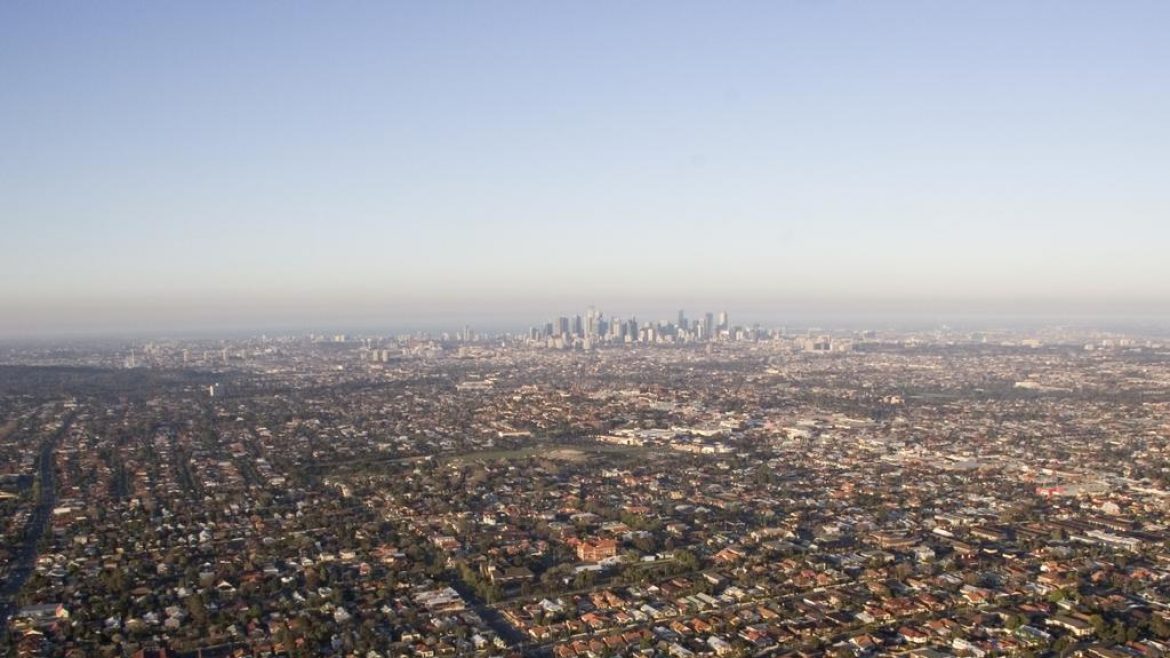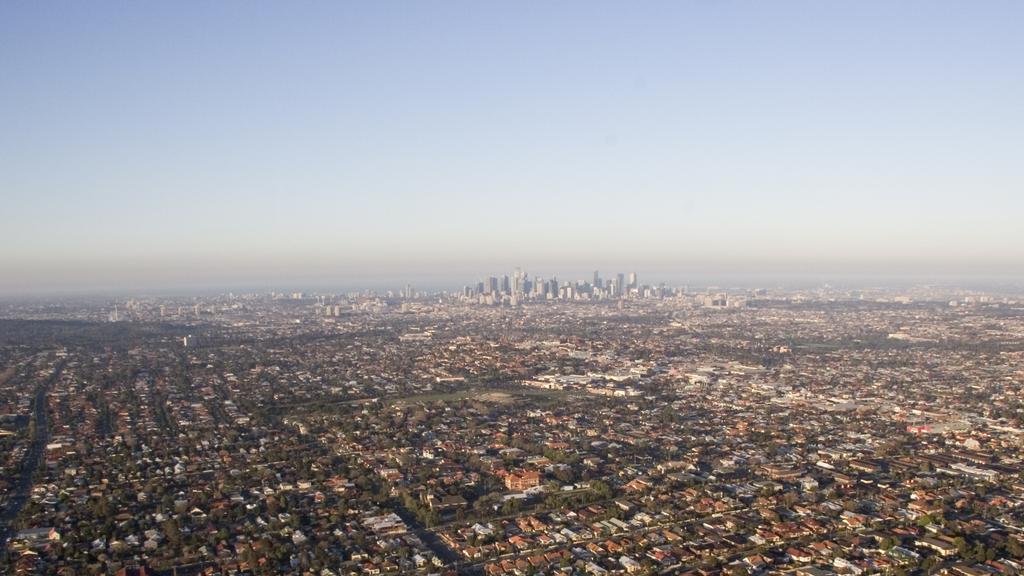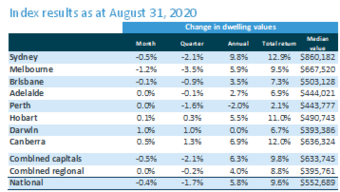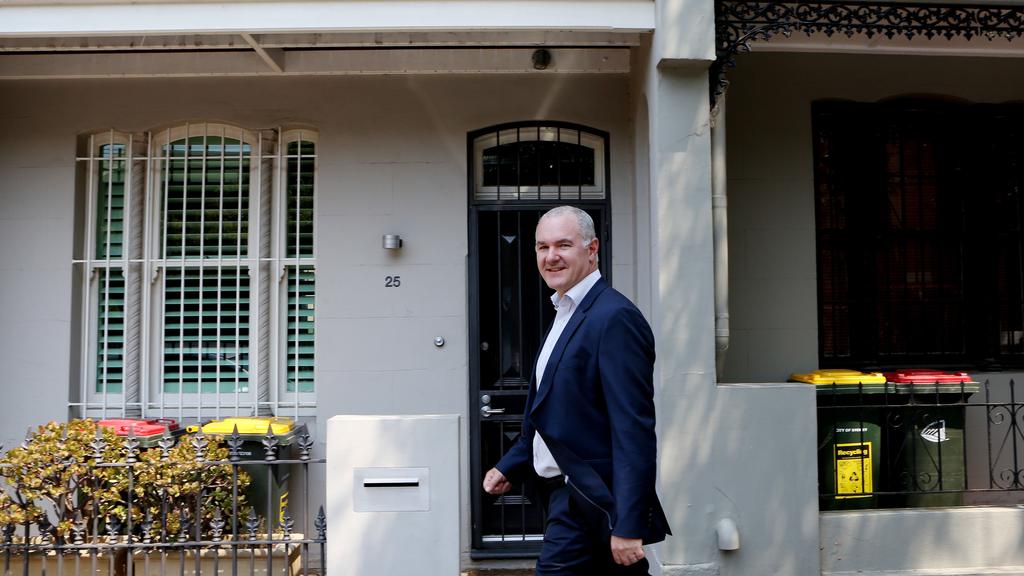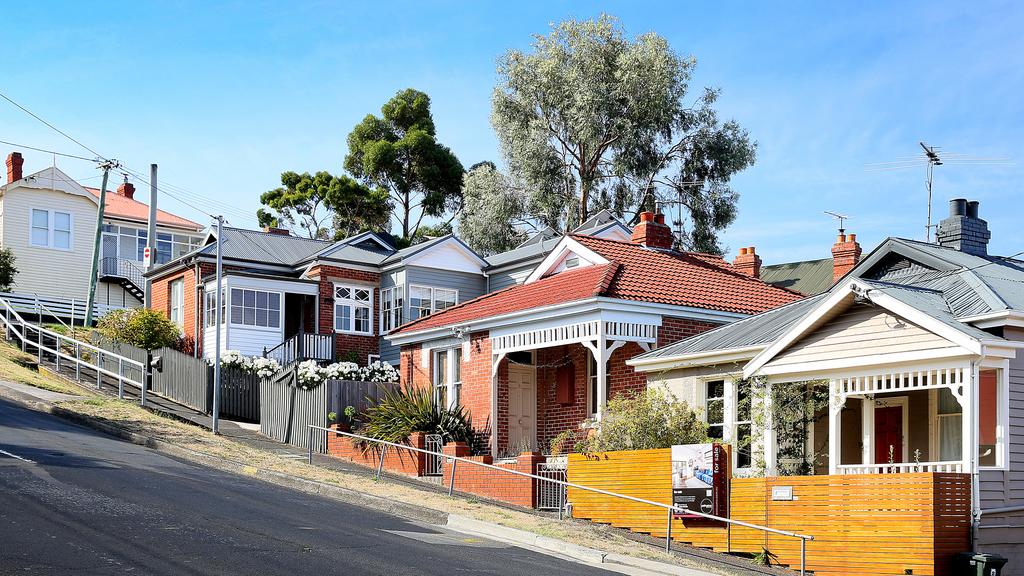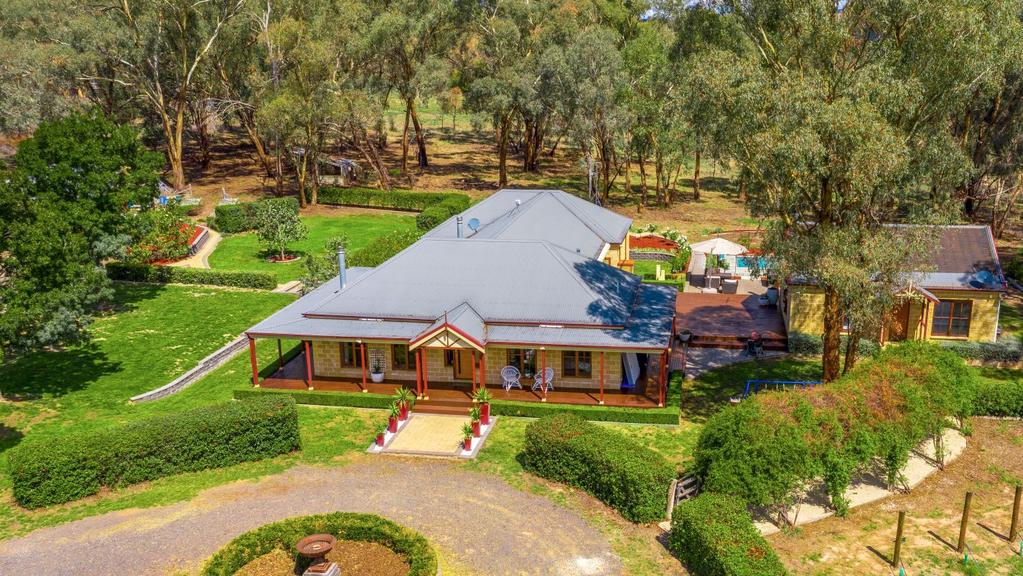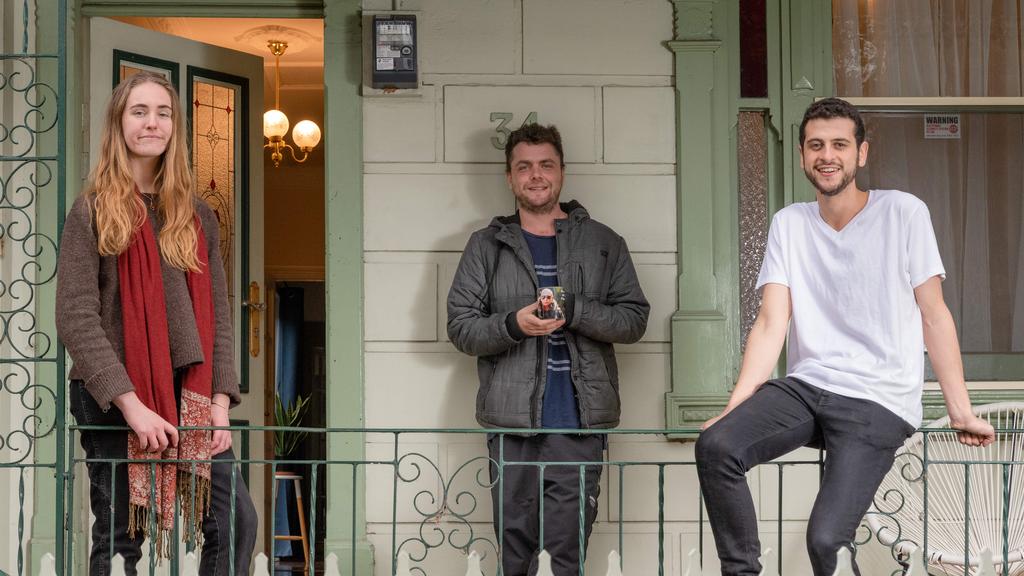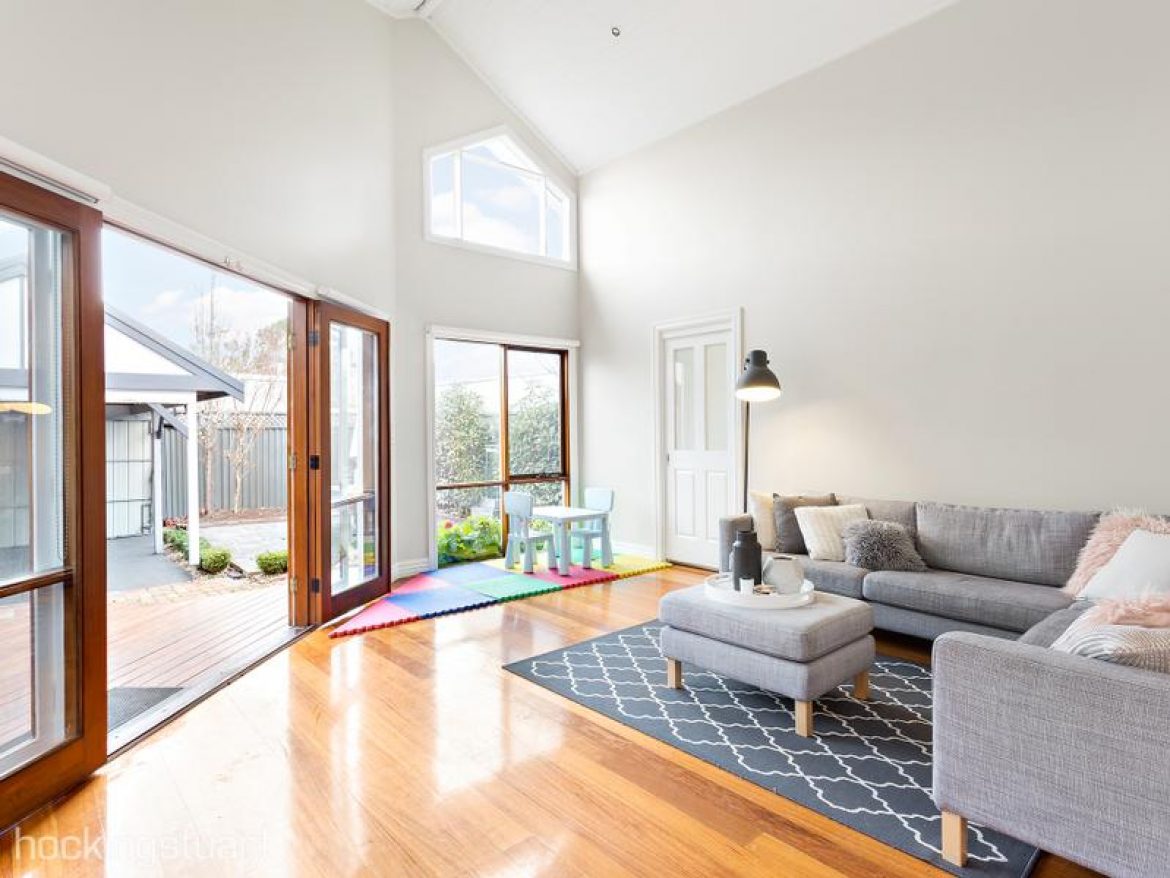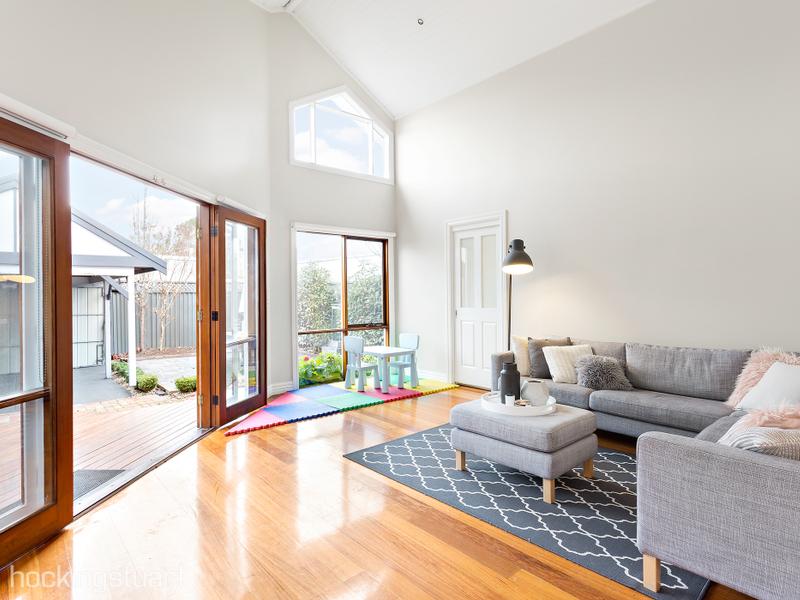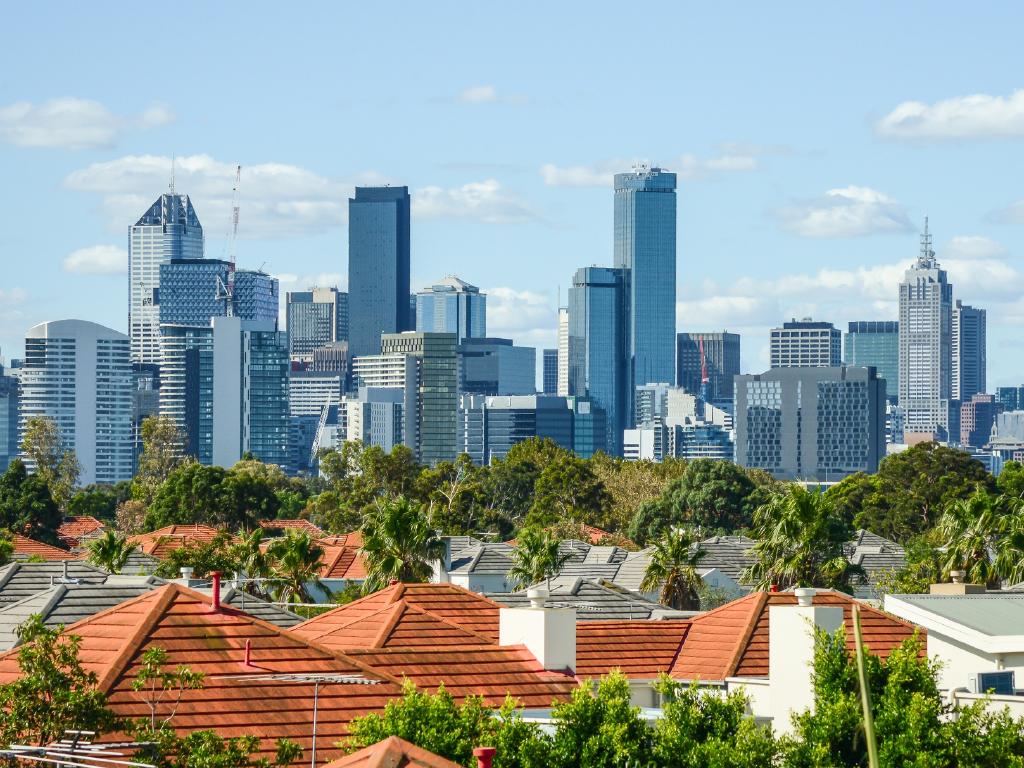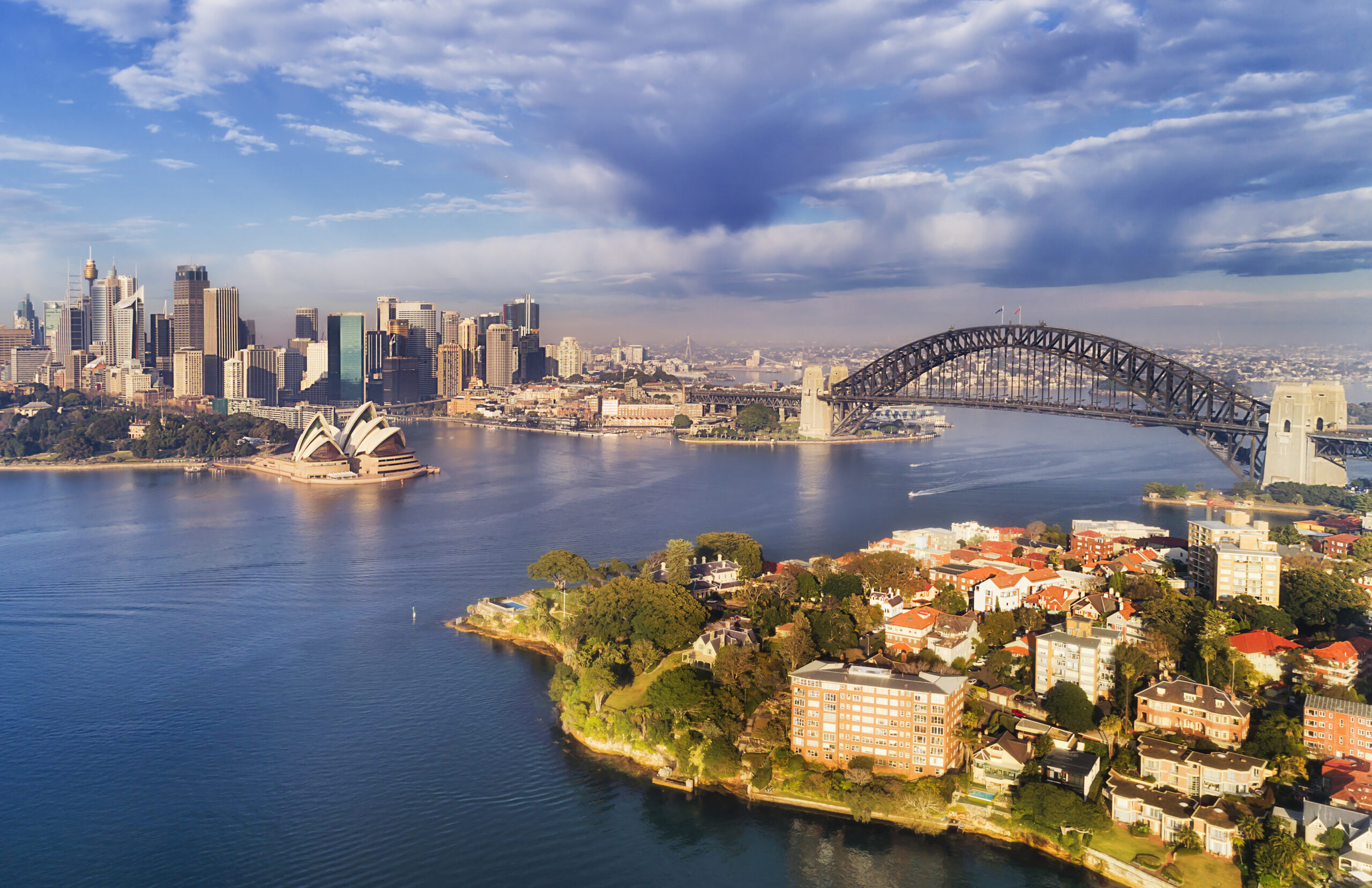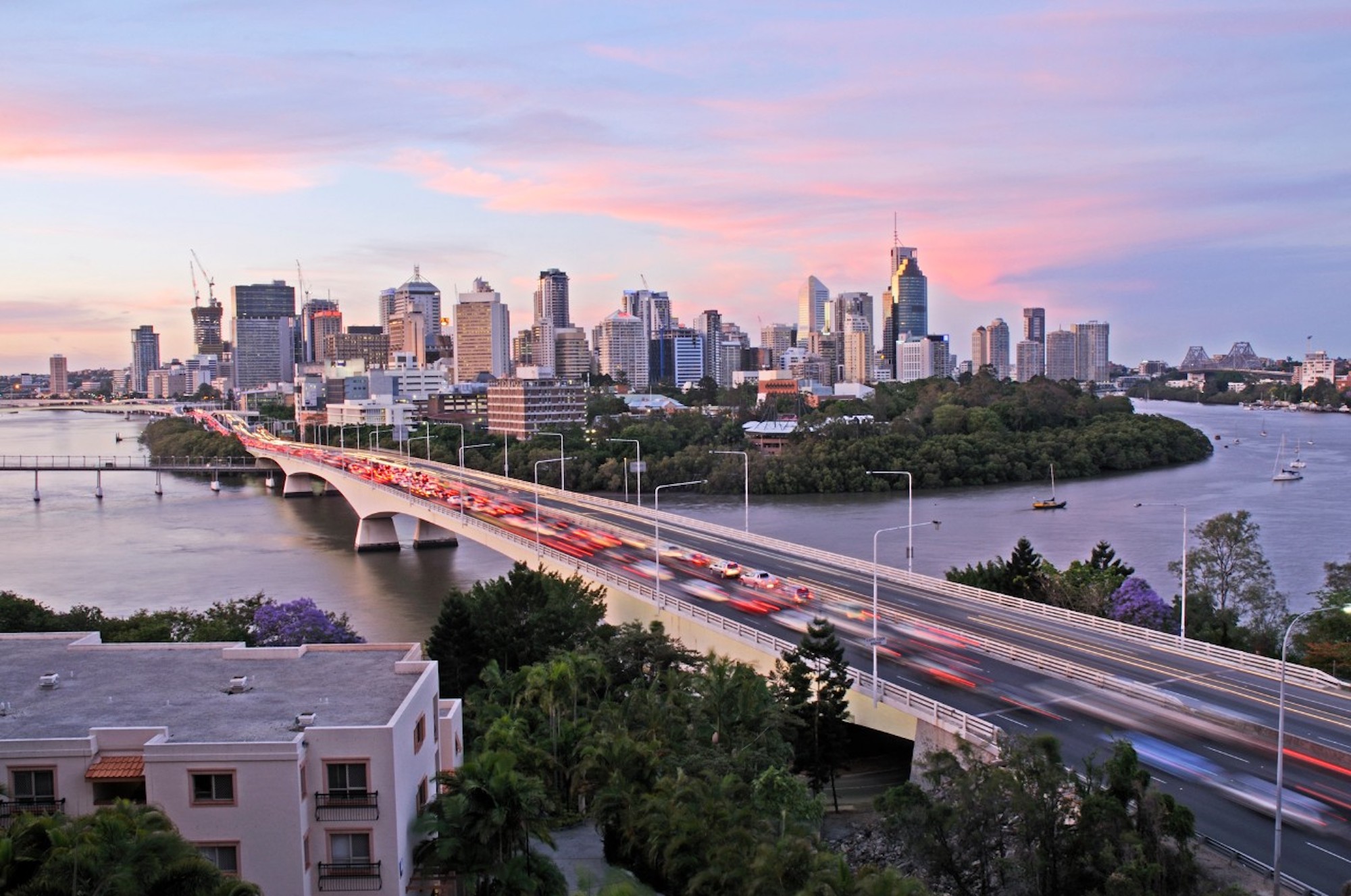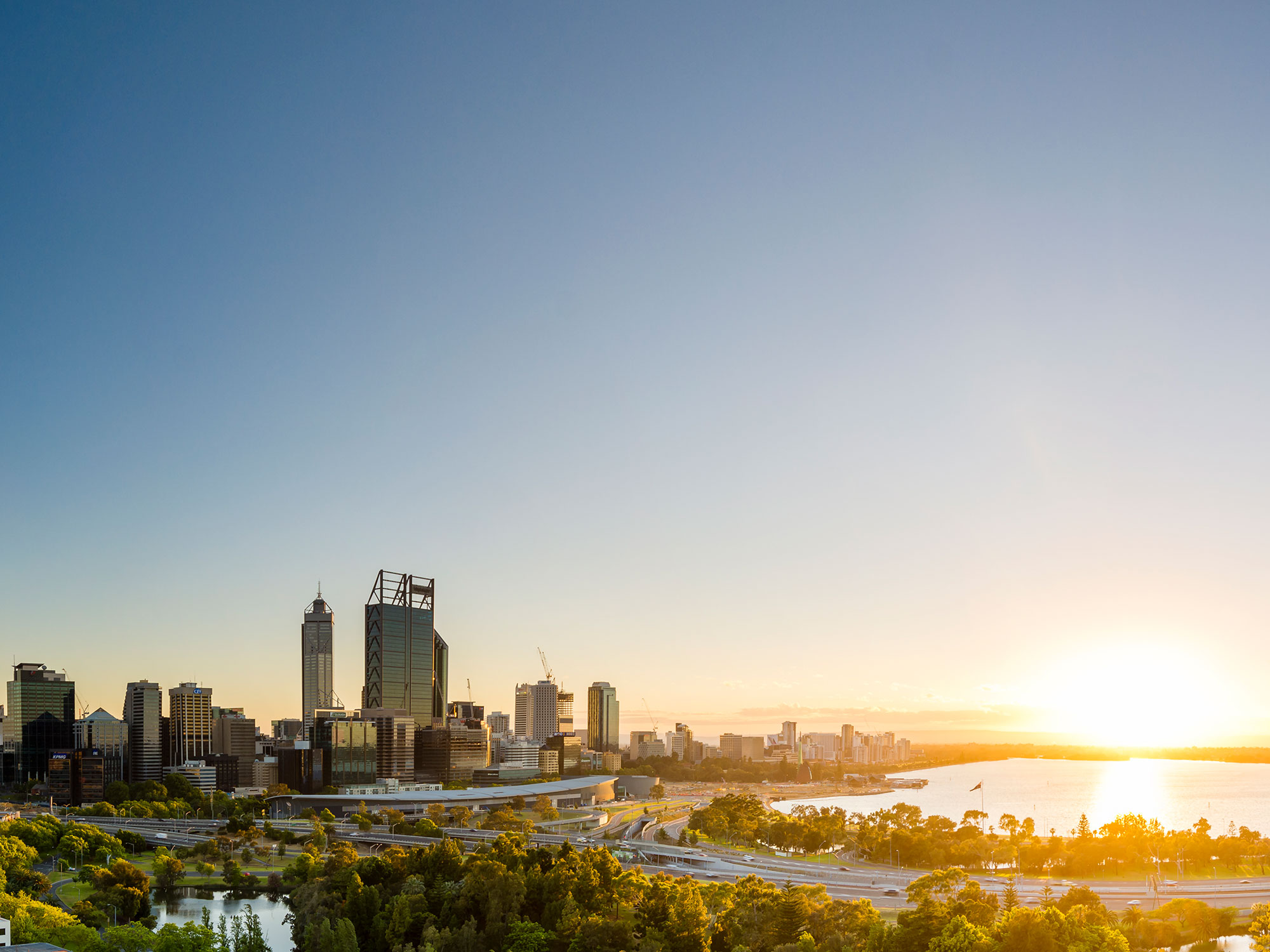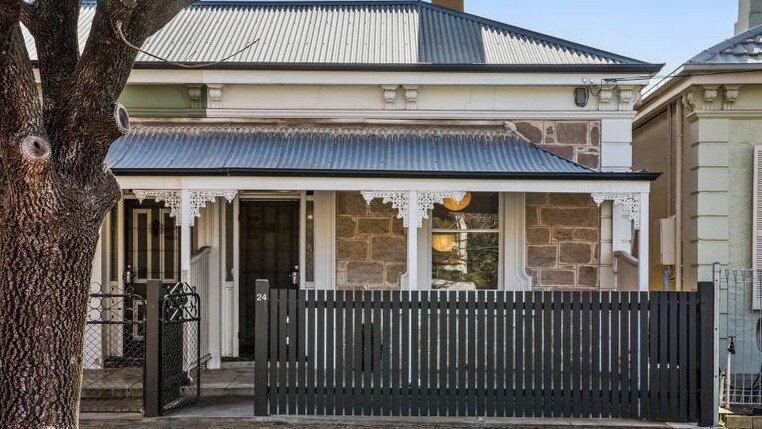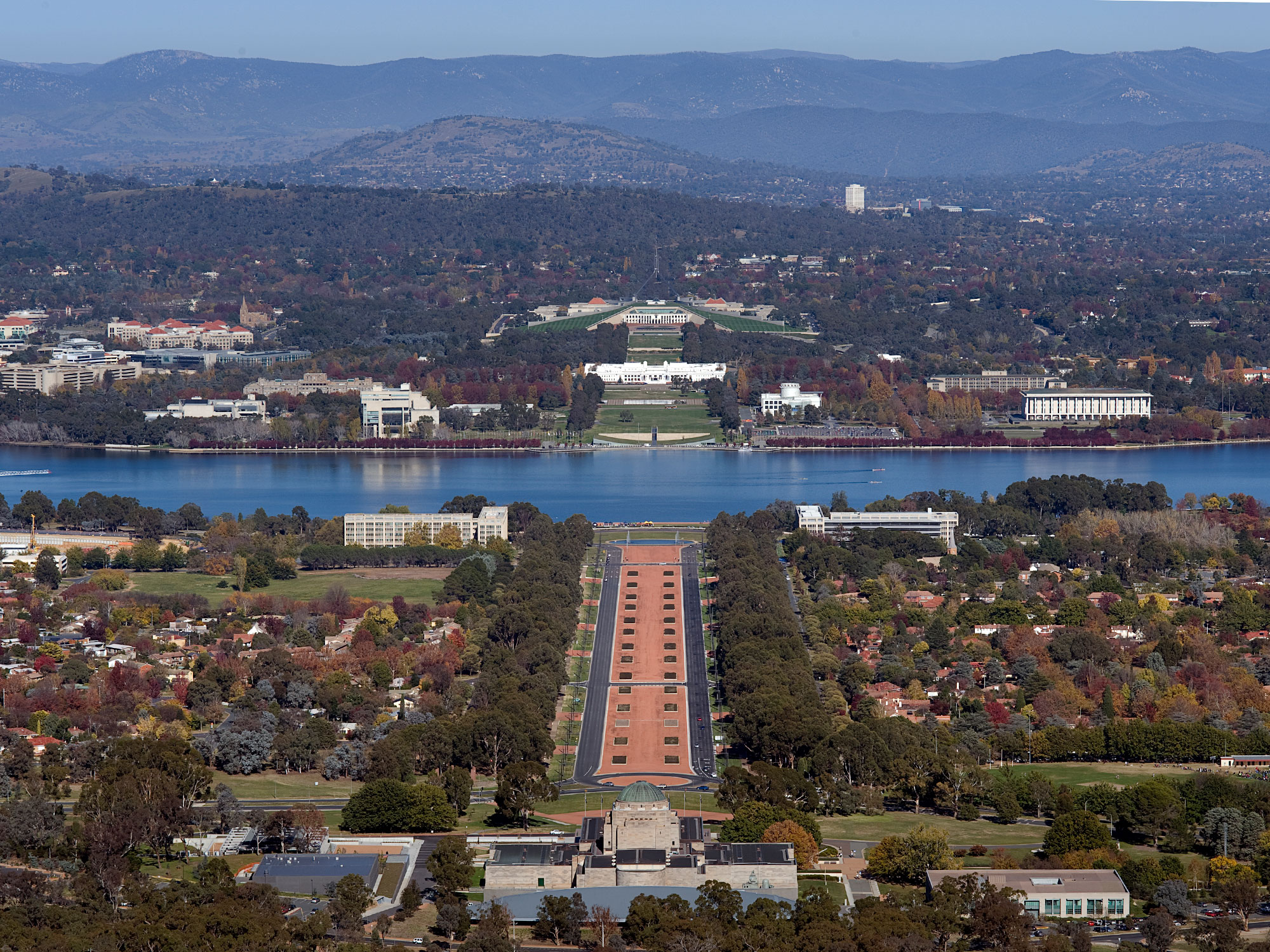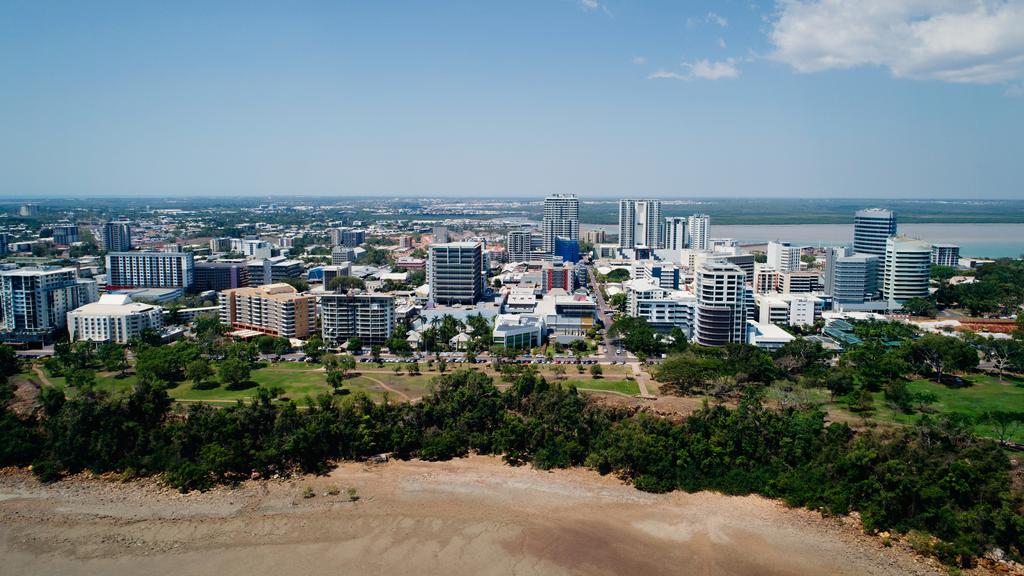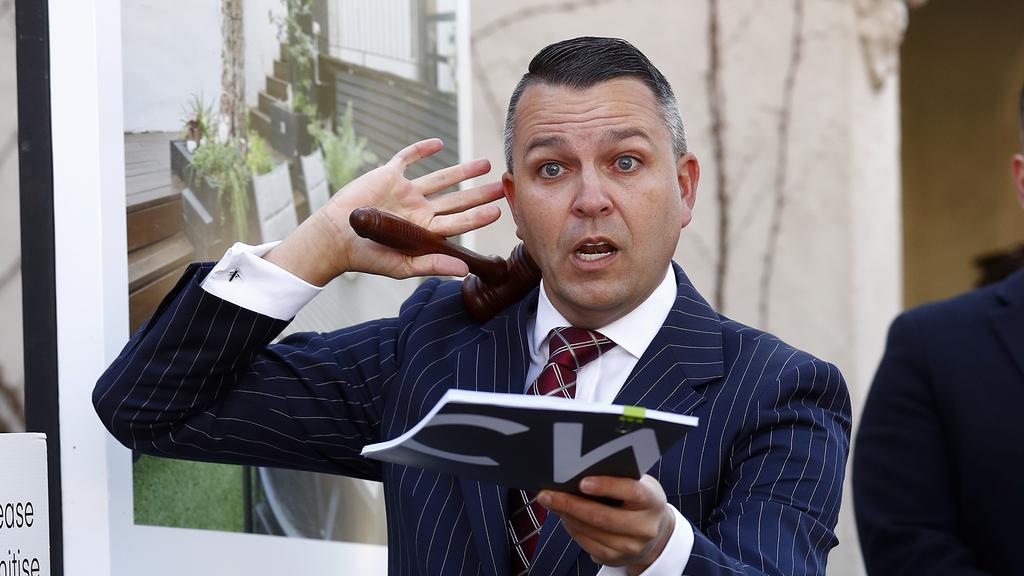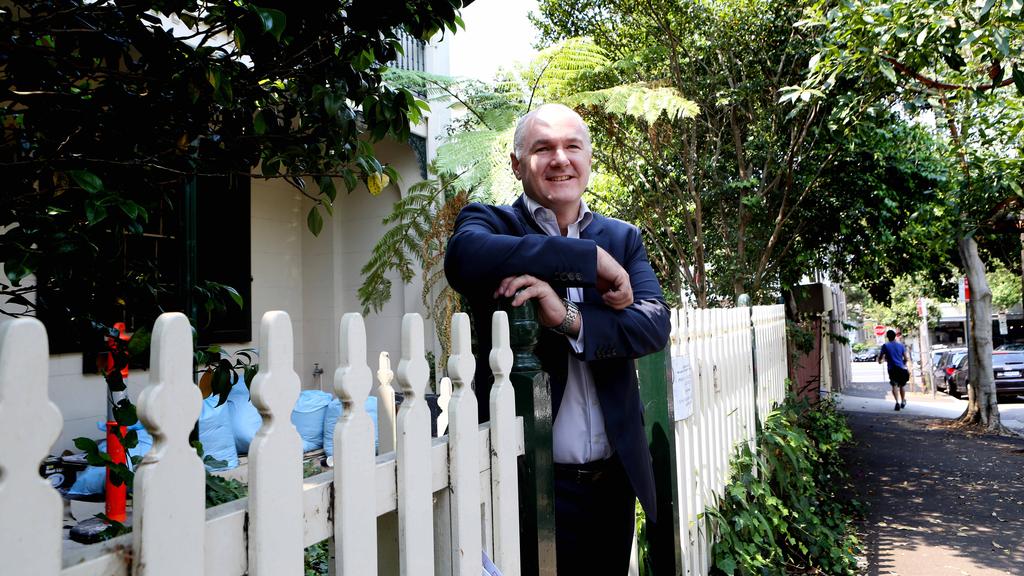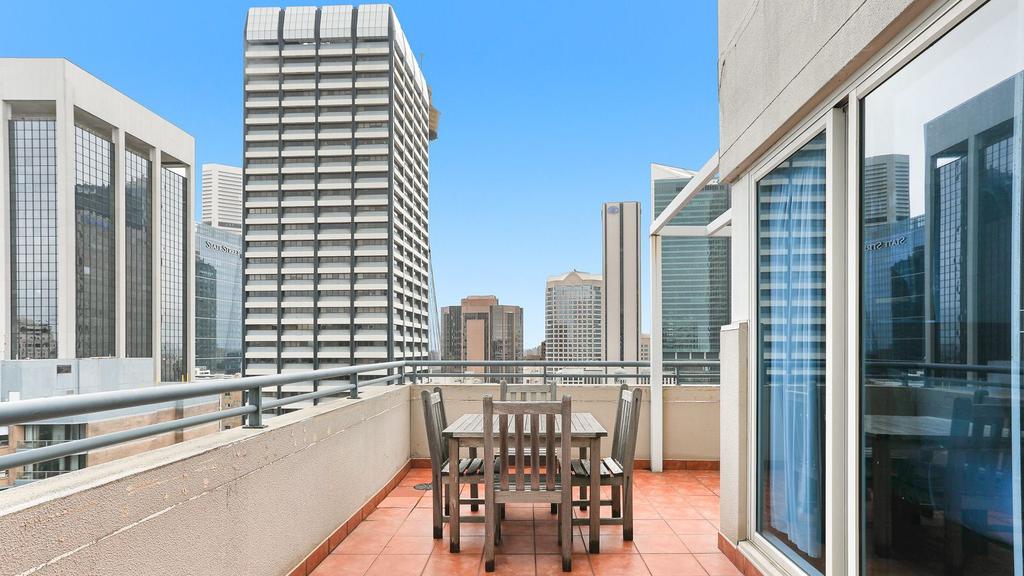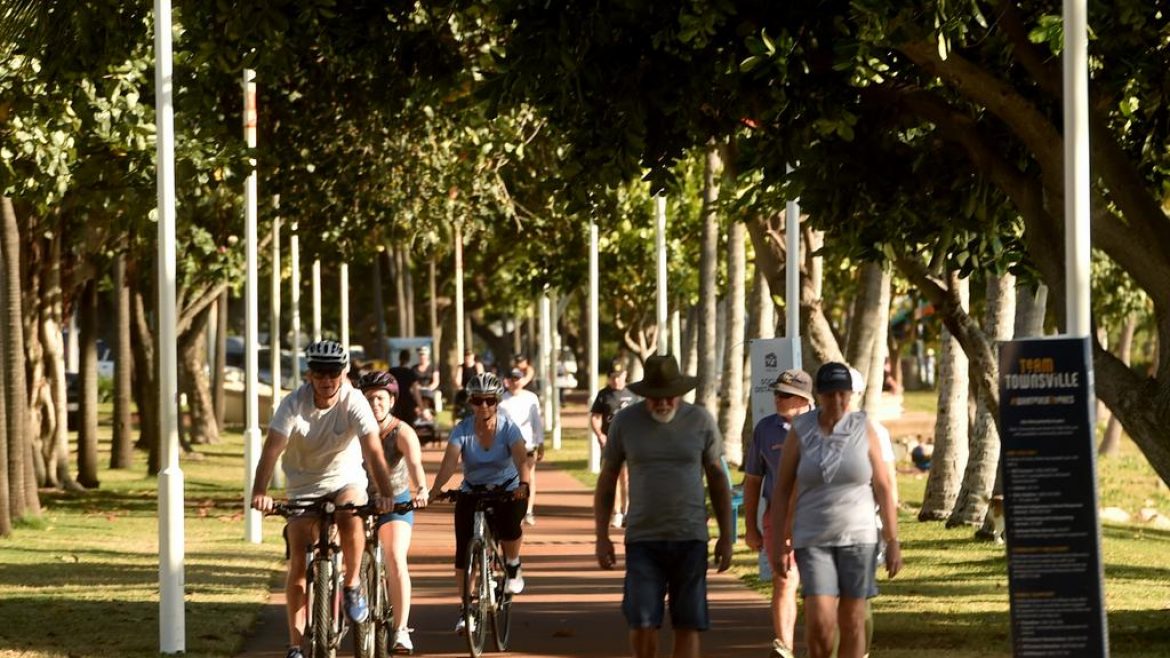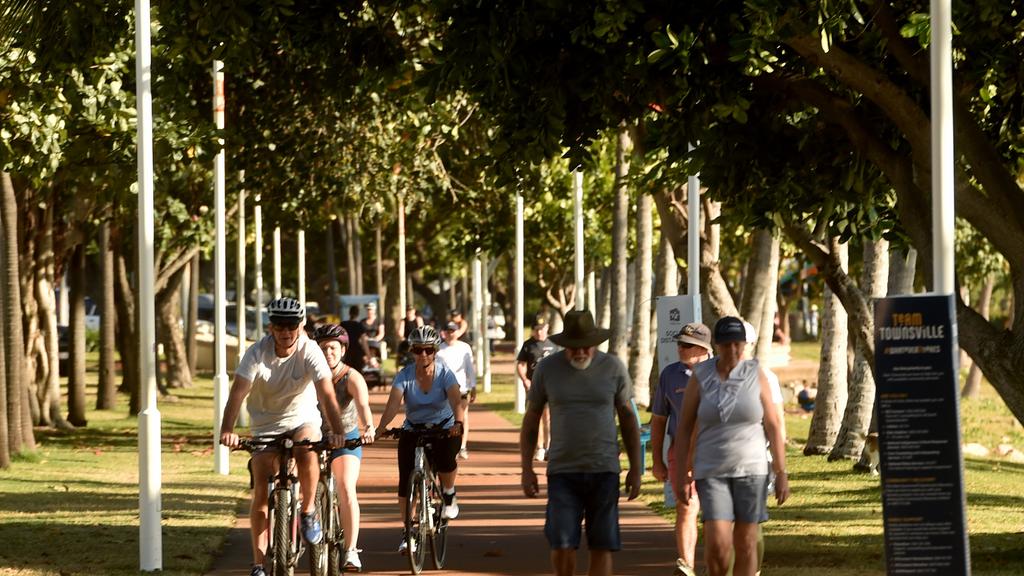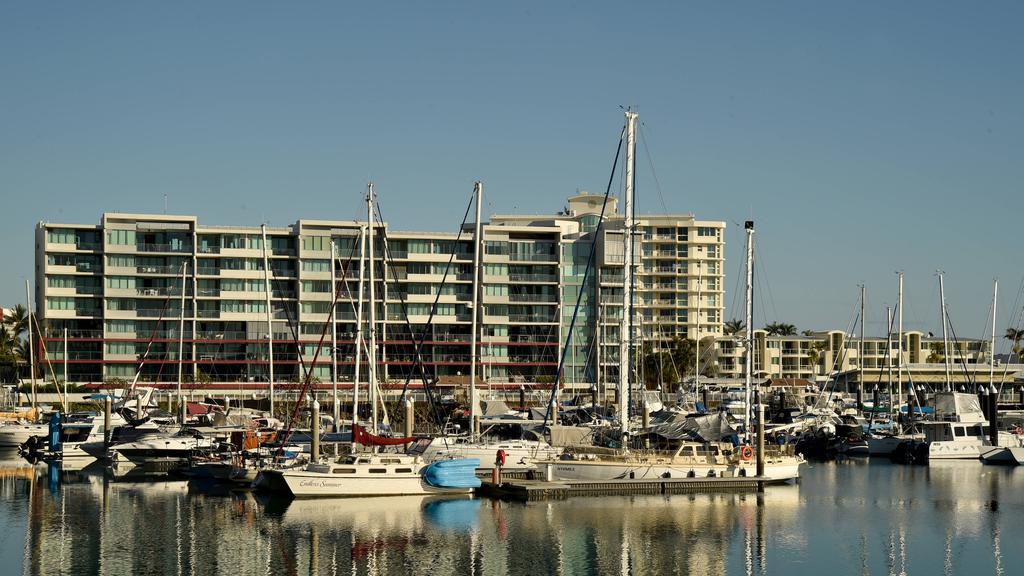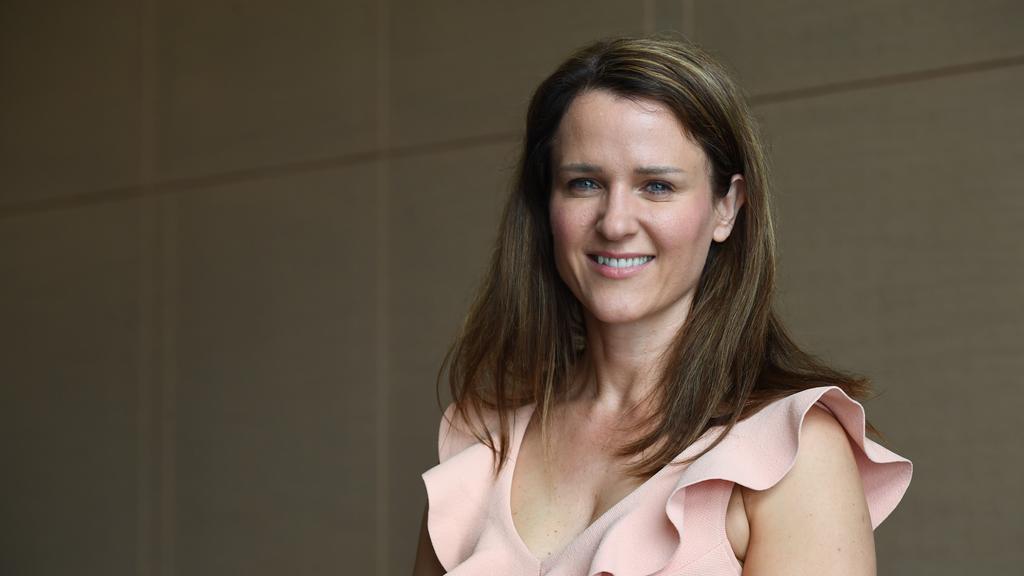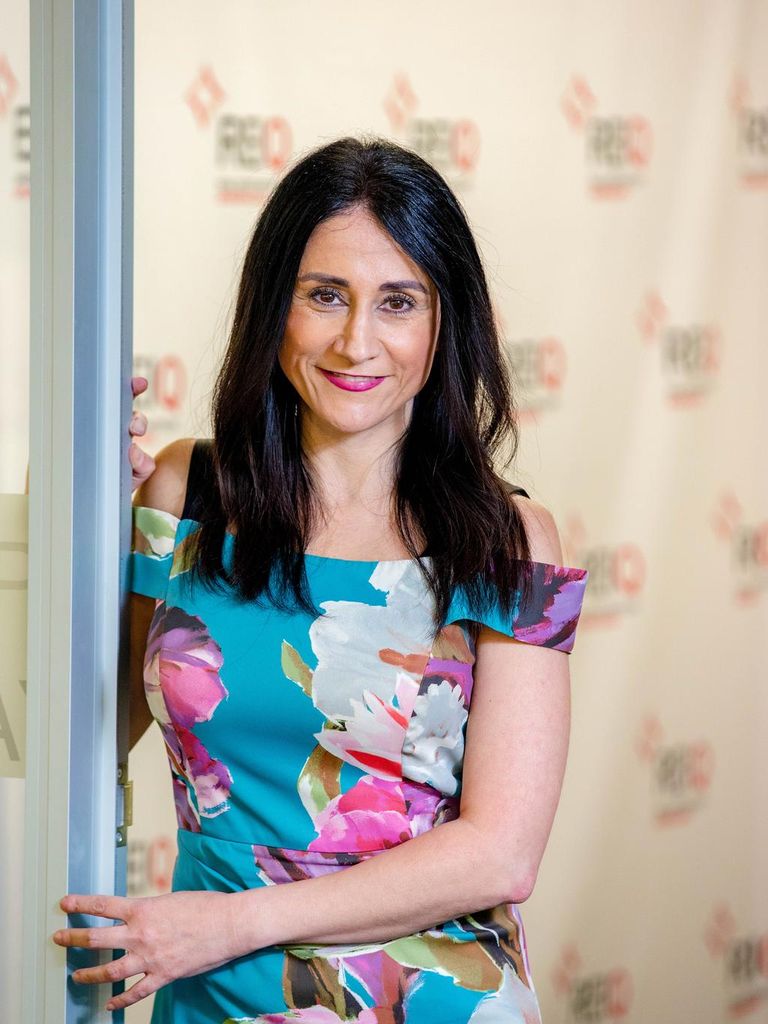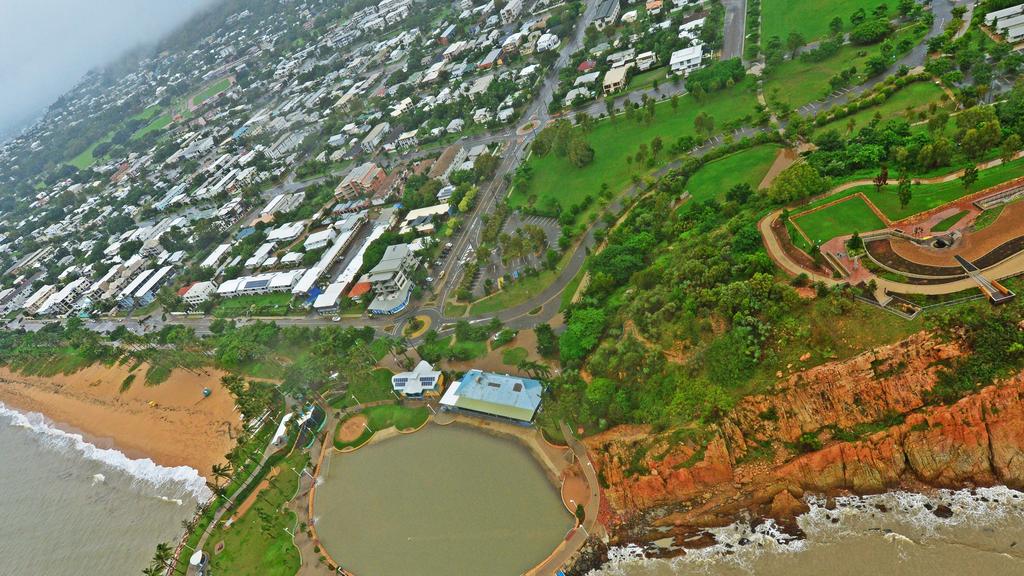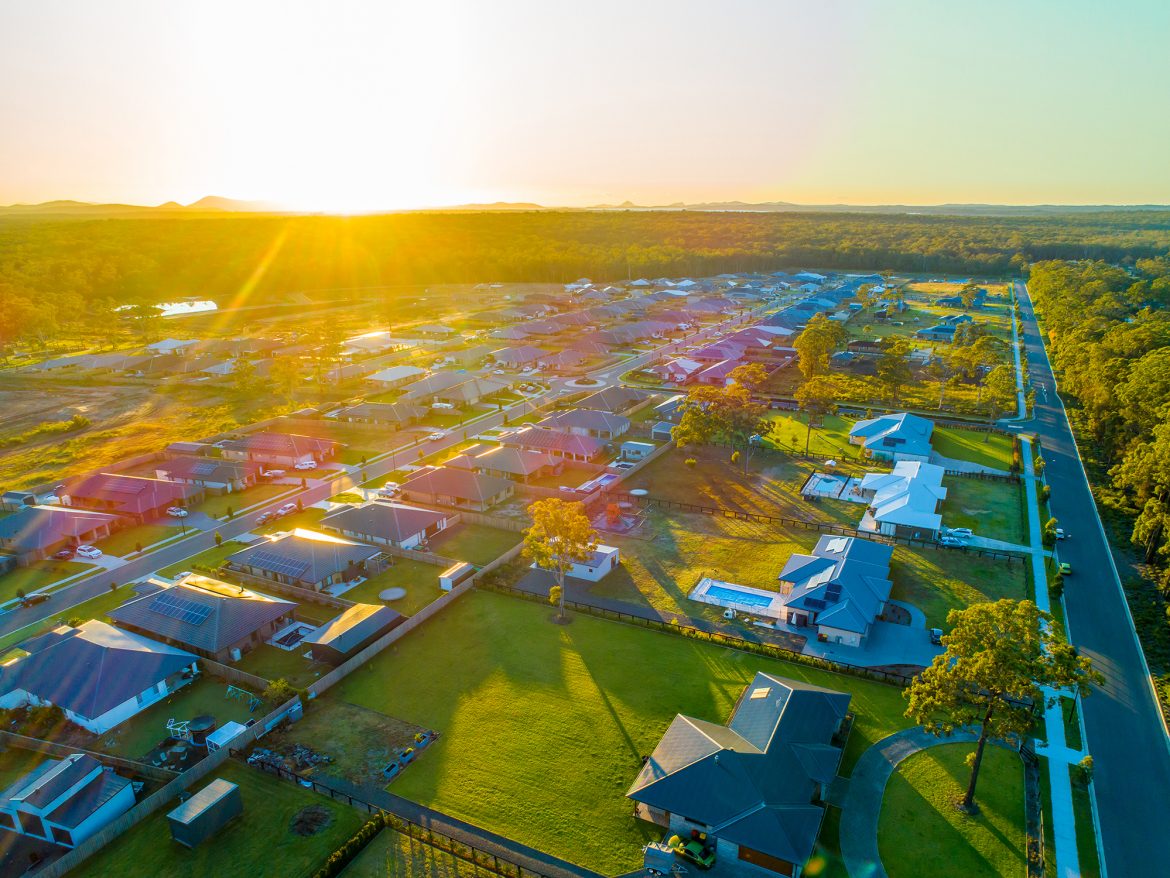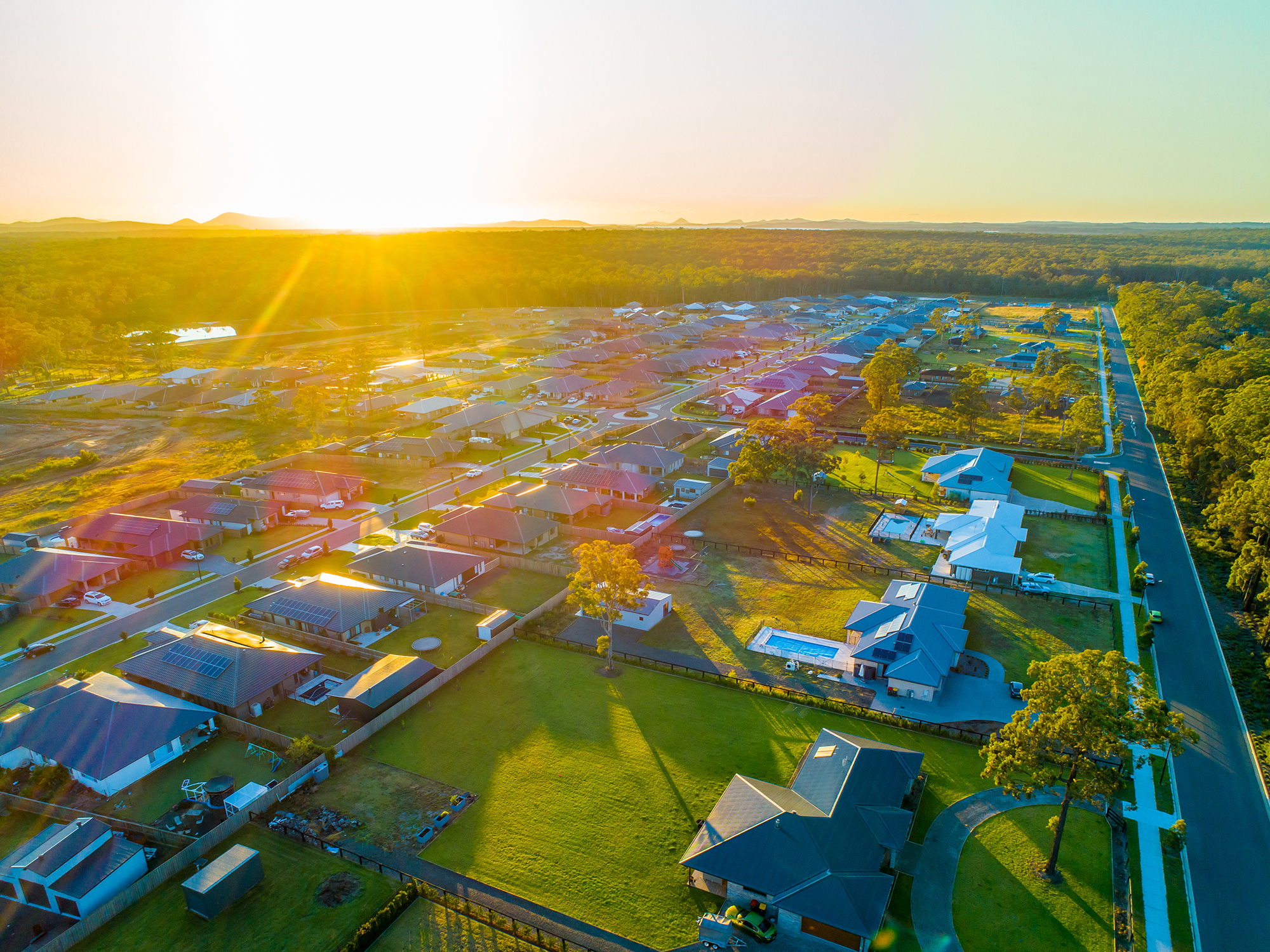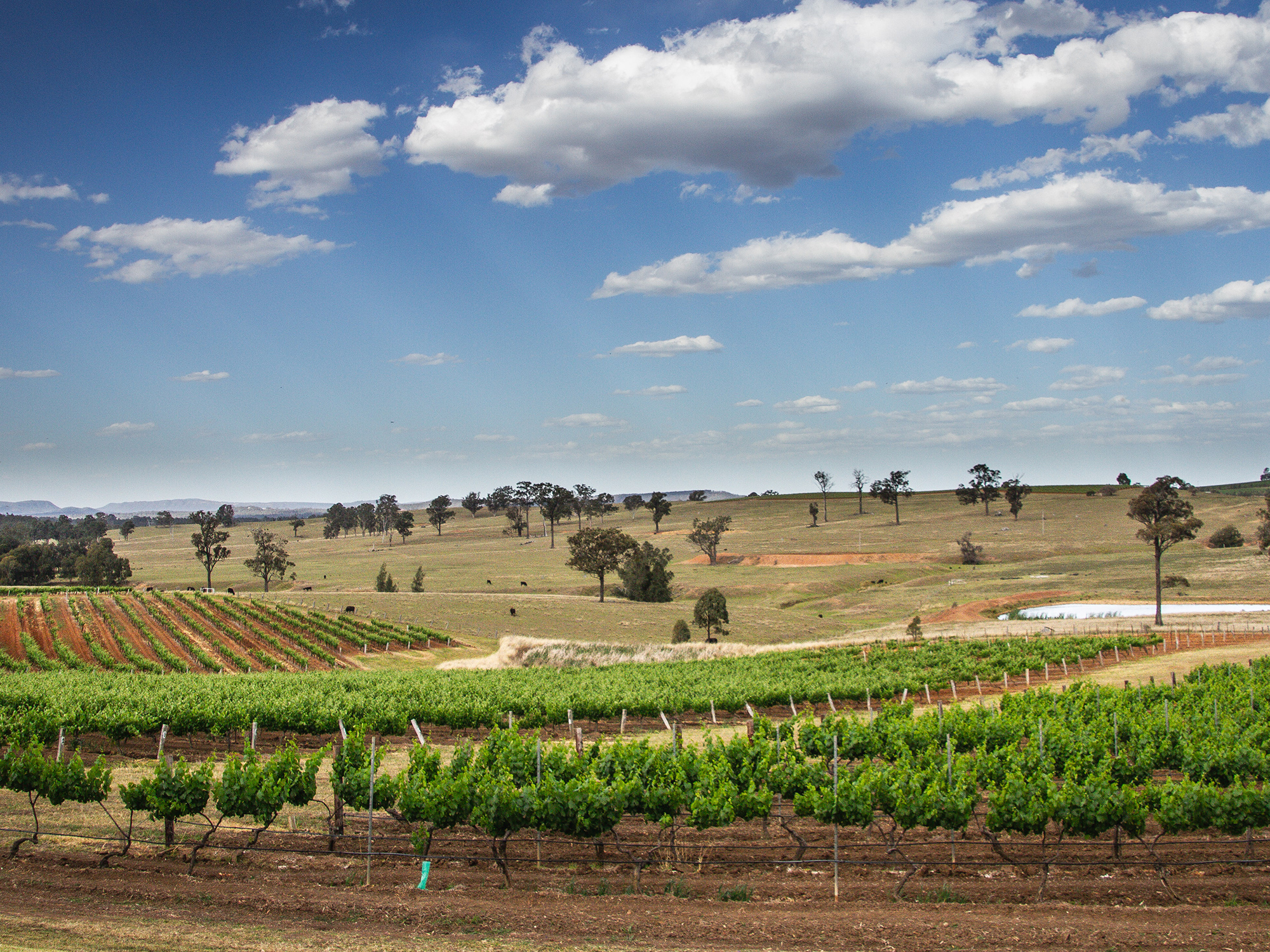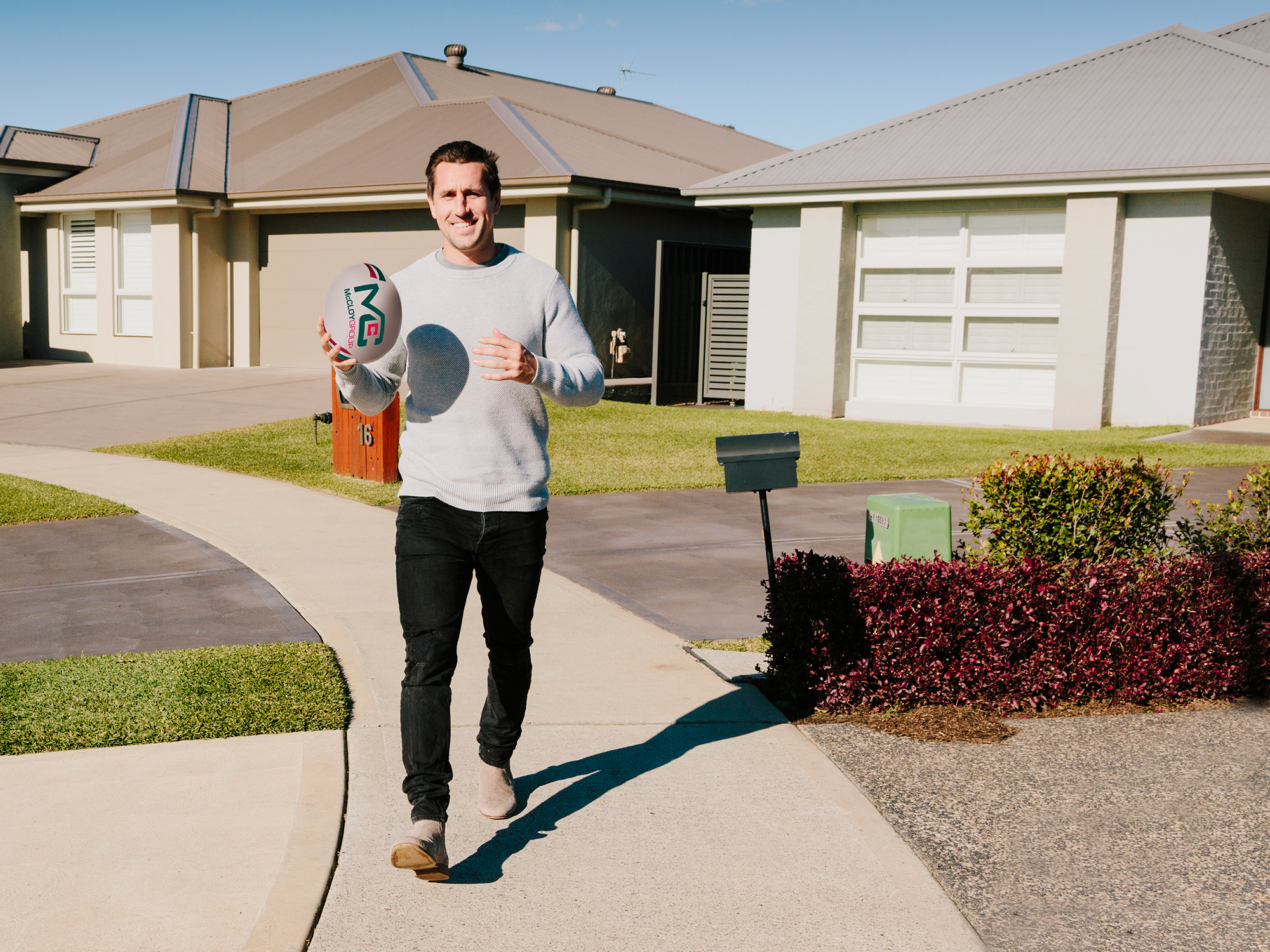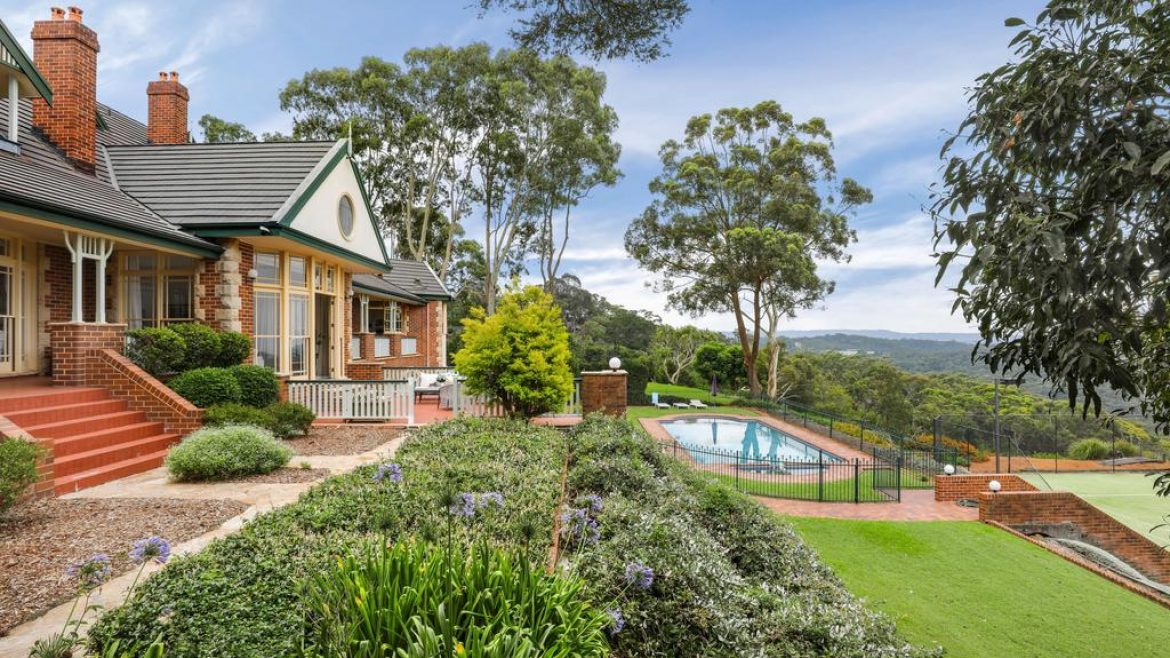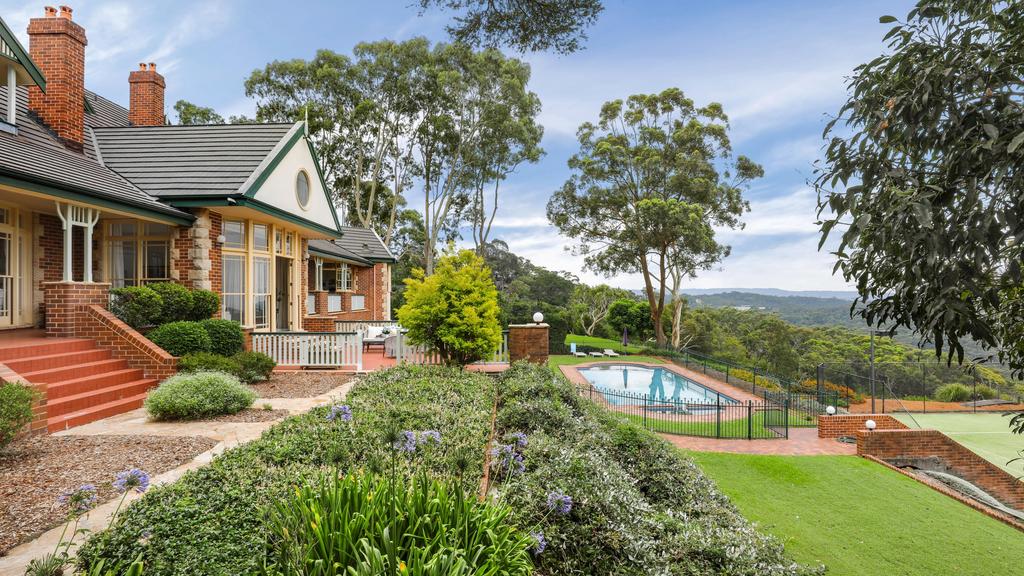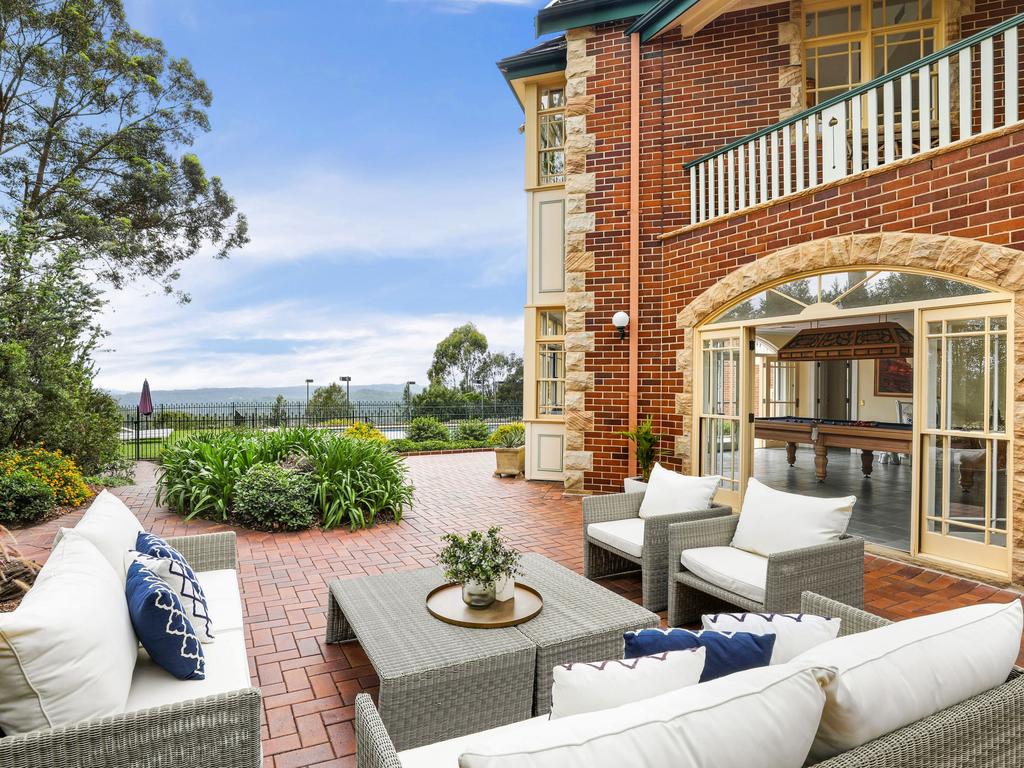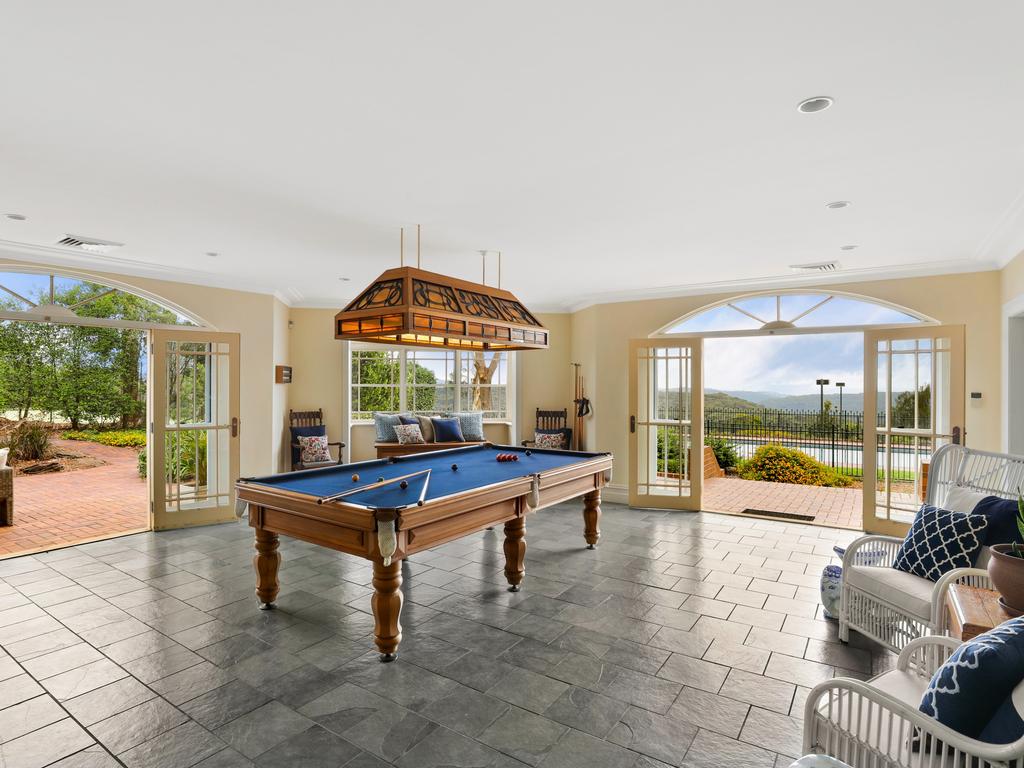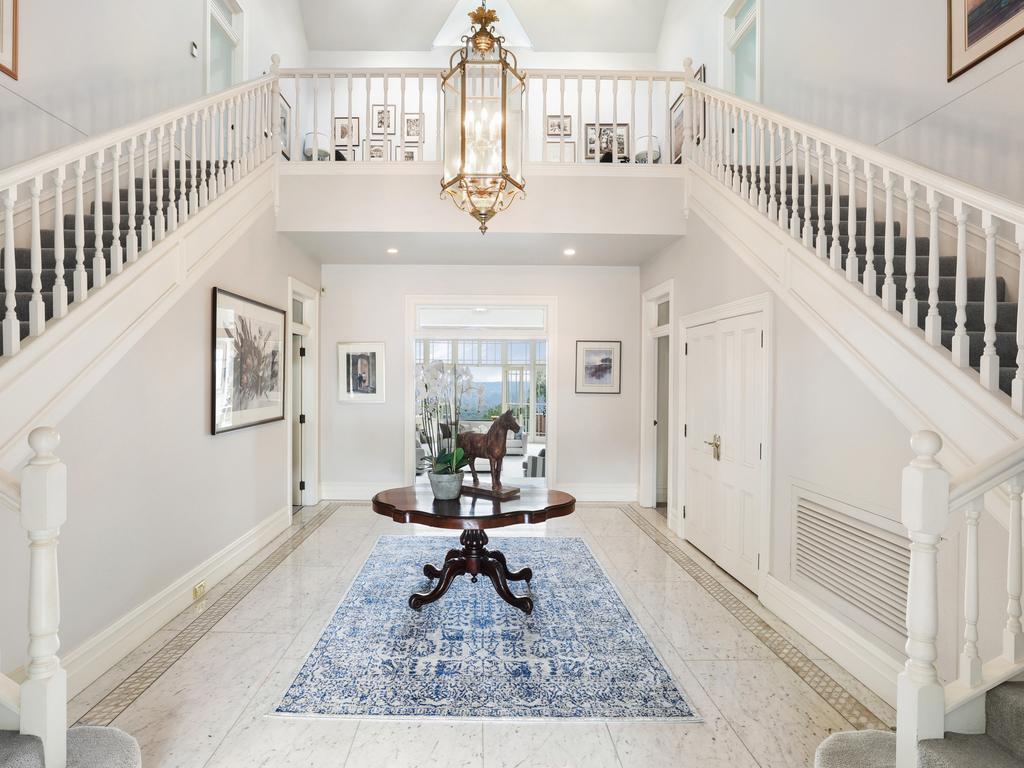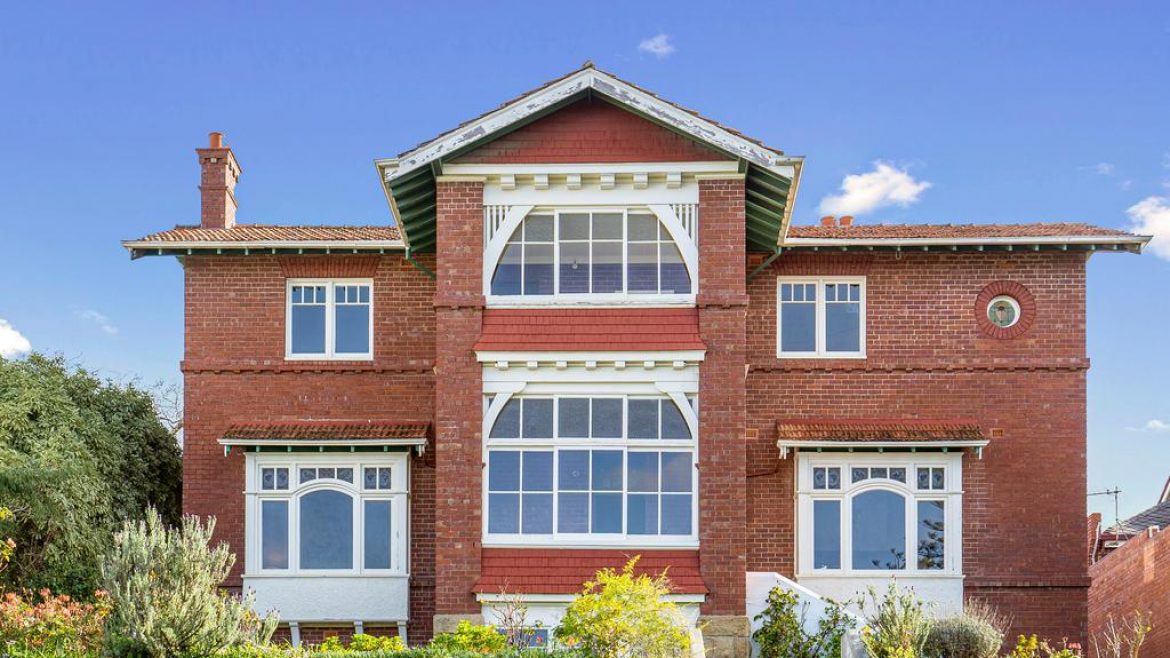
Low interest rates, government incentives and falling prices in some suburbs have created the perfect opportunity for hopeful buyers to get a foot on the property ladder.
New data shows buyers could get into some Greater Hobart suburbs with a salary of less than $30,000 a year, while renters could save hundreds of dollars a month if they bought a property instead of paying off someone else’s mortgage.
But finding a property to buy in some suburbs could prove tricky, with some commanding top dollar due to a lack of listings and middle-of-the-road properties being snapped up at lightning speed.
The Finder Suburb Price Change Study (regional data) shows residents in Battery Point, one of Hobart’s most exclusive suburbs, require the biggest annual salary to pay off their mortgage, a whopping $195,868 a year at the lowest interest rate of 1.95 per cent.
***
THE SUBURBS WITH THE HIGHEST REQUIRED SALARY
Battery Point – $195,868
Tolmans Hill – $99,917
Sandy Bay – $97,273
Acton Park – $87,229
Mount Stuart – $84,585
Rose Bay – $77,924
West Hobart – $77,713
Bellerive – $76,761
Mount Nelson – $75,704
Taroona – $75,334
(Source: Finder Suburb Price Change Income Study)
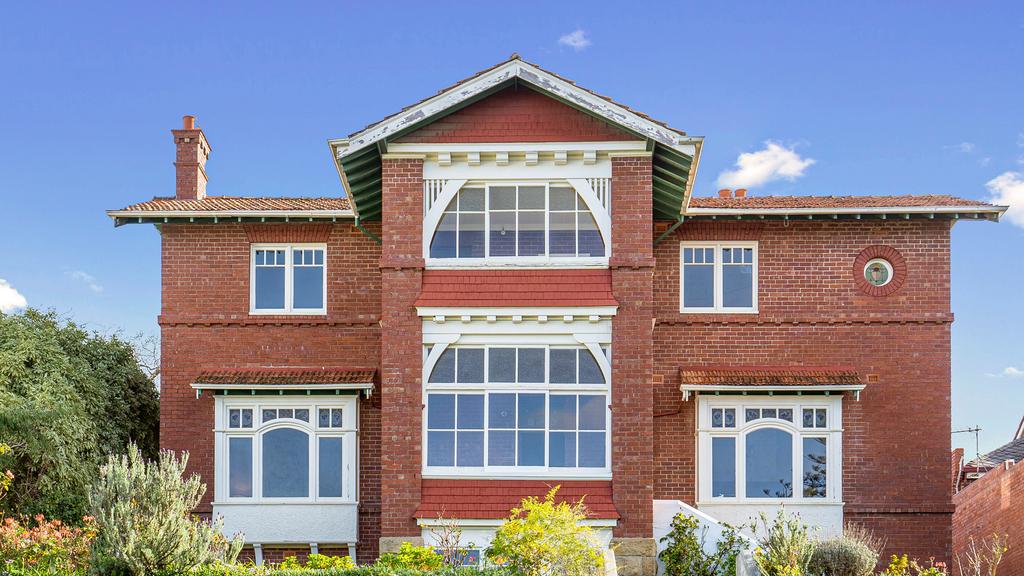
8 Ellerslie Road, Battery Point is on the market for offers over $1.9 million (EIS Property)
That’s almost twice the amount needed to fund a mortgage at Tolmans Hill, where $99,917 is required.
Sandy Bay locals also need a hefty pay cheque – $97,273 a year, according to Finder.
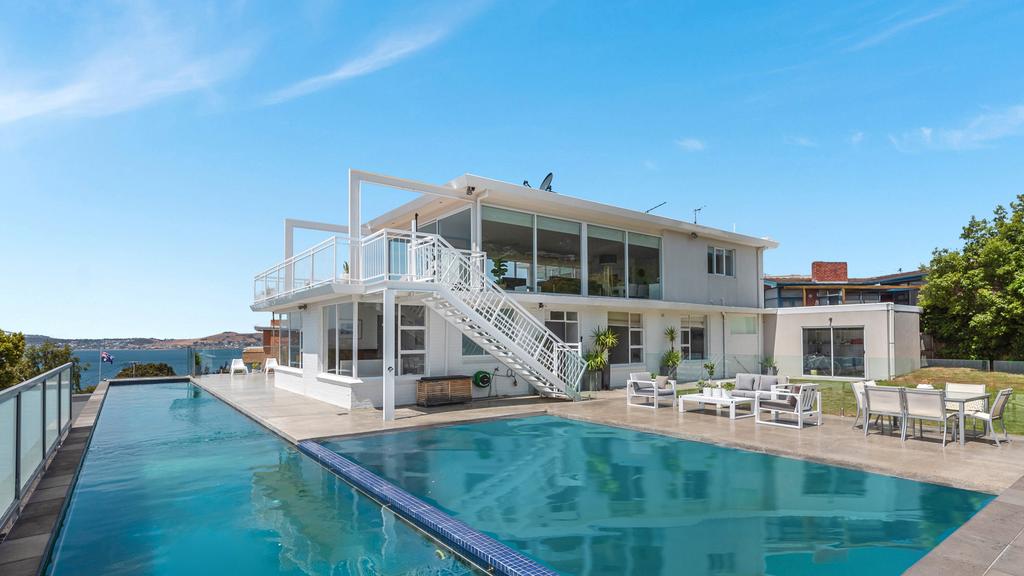
17 Sonning Crescent, Sandy Bay, is listed for offers in the $2.5 million price range (Charlotte Peterswald Property)
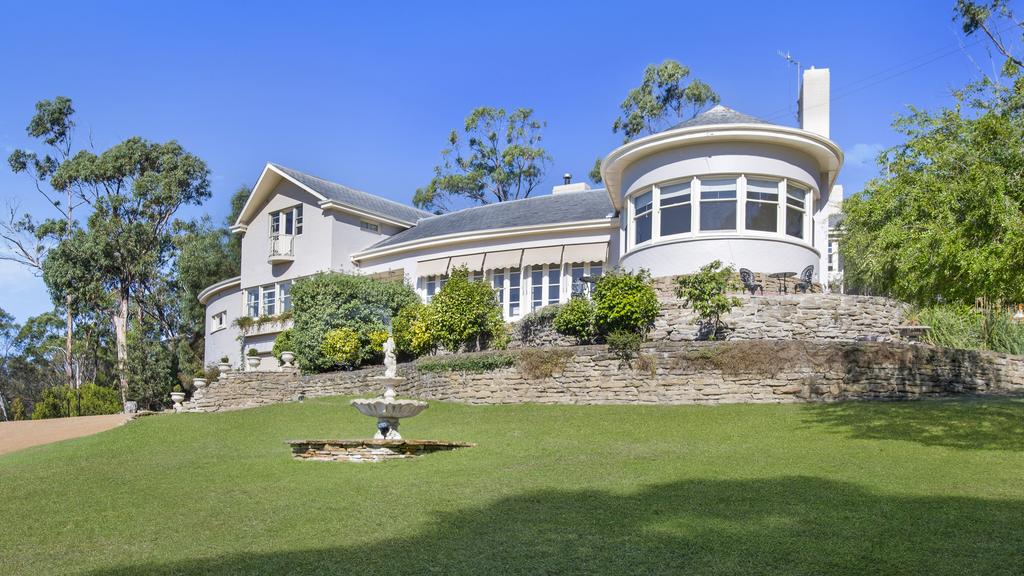
10 Coolamon Road, Taroona, is on the market for offers over $2.95 million (Ray White Glenorchy)
On the flip side, lower and middle income earners are now in a better position to get onto the property ladder thanks to lower interest rates.
In the Greater Hobart region, the most affordable area is Gagebrook where buyers need a salary of just $25,111 a year to pay off a mortgage.
Herdsmans Cove, Bridgewater, Clarendon Vale and New Norfolk also offer a chance to grab your own home, with the required salary under $30,000 a year, according to Finder.
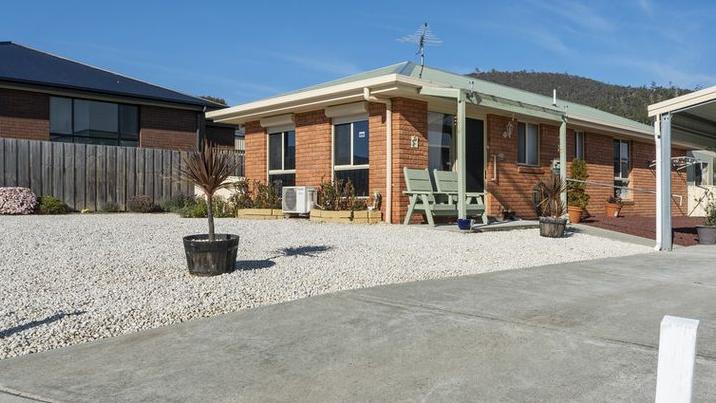
6 Sadri Court at New Norfolk sold in three days, achieving slightly more than its listing price of $330,000 (LJ Hooker Glenorchy)
Closer to Hobart, the Glenorchy council region offers the most affordable properties, with Chigwell requiring a salary of $35,156 to finance an average mortgage.
Snug offers the most affordable option in the Kingborough region, requiring a salary of $49,747.
In Hobart, residents in Lenah Valley require the lowest salary – $65,395, according to Finder.
The Hobart suburbs requiring the lowest salaries are Fern Tree ($70,840), North Hobart ($71,105), South Hobart ($71,501), New Town ($71,898) and Mount Nelson ($75,704).
Finder.com.au insights manager Graham Cooke said many suburbs once out of reach for lower-income and middle-income homebuyers had become affordable again.
He said rates that would have been unthinkable only a few years ago were now on the table for buyers.
“The door is open for lower- and middle-income buyers – with the combination of lower rates and cheaper prices, now is the time to be looking,” Mr Cooke said.
“We are seeing the first sub-2 per cent rates appear in the market, with one 1.95 per cent product available nationally, and many others in the same ballpark.
“The average variable rate across the big four banks is around 4 per cent, this shows how much value there is in the market.”
***
THE SUBURBS WITH THE LOWEST REQUIRED SALARY
Gagebrook – $25,111
Herdsmans Cove – $26,433
Bridgewater – $29,076
Clarendon Vale – $30,134
New Norfolk – $30,874
Risdon Vale – $31,720
Primrose Sands – $31,720
Rokeby – $34,363
Chigwell – $35,156
Goodwood – $38,063
(Source: Finder Suburb Price Change Income Study)
***
Home seekers – particularly first homebuyers – were in the best position to capitalise on the low rate environment and government support, for example the stamp duty incentives and new home build grants, Mr Cooke said.
“With the cash rate at an all-time low and not likely to budge in the foreseeable future, there has never been a better time for borrowers to reduce their repayments or for first-time buyers to get on the housing ladder,” he said.
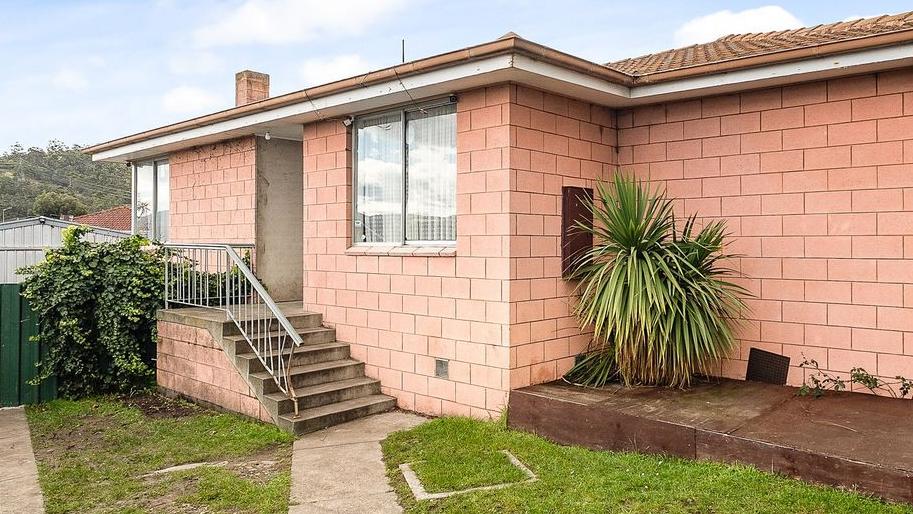
6 Bradman Court at Clarendon Vale is listed for offers over $290,000 (First National Elite)
Realestate.com.au chief economist Nerida Conisbee said buyer inquiry levels suggested more home seekers saw it as a good time to be purchasing property.
Inquiry levels were up about 70 per cent nationally since March, she said.
“First homebuyers have been particularly active,” Ms Conisbee said. “If you have a job and are confident in your employment now is a good time to be buying because rates are incredibly low and there is little chance they will be rising for years given we are in a recession.”
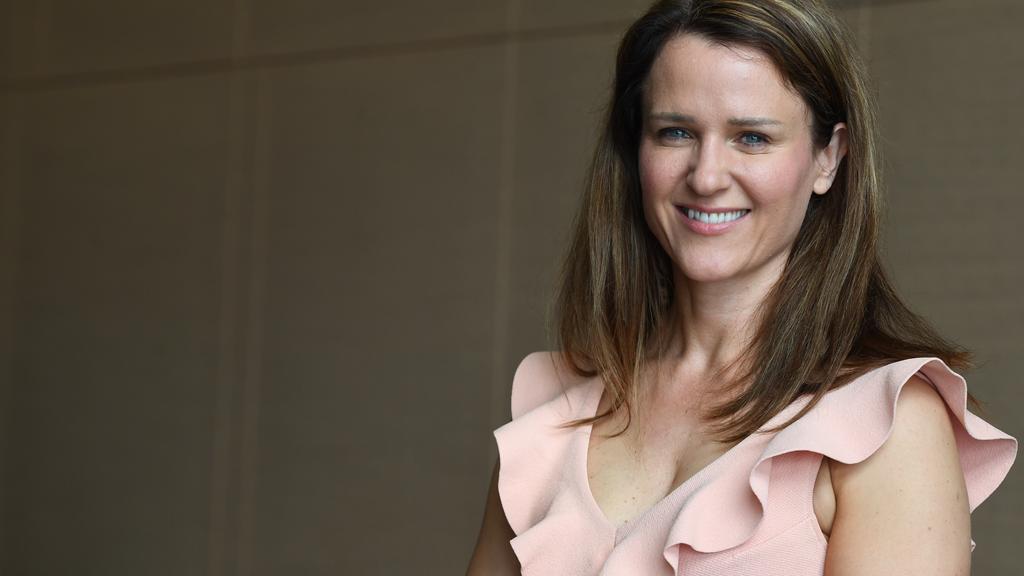
REA chief economist Nerida Conisbee
In New Norfolk, a two bedroom house on a 778sq m block at 6 Sadri Court was under contract just three days after being listed.
Listed for $330,000, the house has sold to first time buyers who had been renting in nearby Glenorchy.
LJ Hooker Glenorchy agent Nick Emery said houses in that price range were moving quickly, typically within a week.
“For them (the buyers), it was cheaper to buy than to rent and they could get more bang for their buck in New Norfolk,” he said.
And in Risdon Vale, Fall Real Estate Lindisfarne agent Graeme Lawler has a four-bedroom house on a 444sq m block listed for offers over $400,000.
Built less than 12 months ago, the modern house is located at 40 Waratah Road.
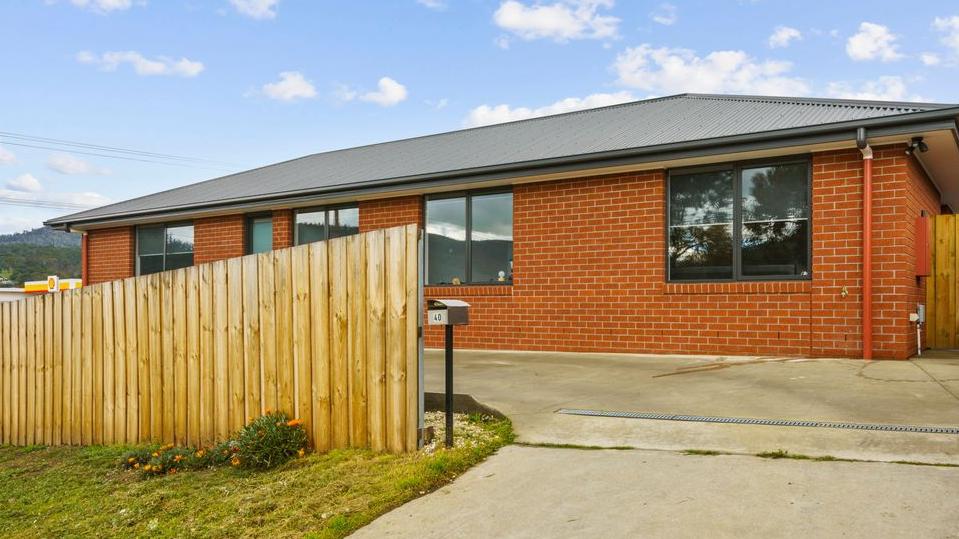
This house at Risdon Vale is only 12 months old.
“In general, Risdon Vale has been a pretty hot suburb in terms of sales,” Mr Lawler said.
“There are a lot of first home buyers and investors … this house is getting $480 a week (rent) and on $400,000 a year that’s a good return (on investment).”
Mr Lawler said savvy buyers stuck in lockdown on the mainland were also showing interest in the affordable suburbs around Hobart.
“With technology as it is, we are still selling houses, technically sight unseen, with buyers doing virtual tours,” he said.
“So yes, we are seeing a fair bit of interest in affordable properties with good returns (rental yields).”
The post How much you need to earn to buy in Hobart appeared first on realestate.com.au.

